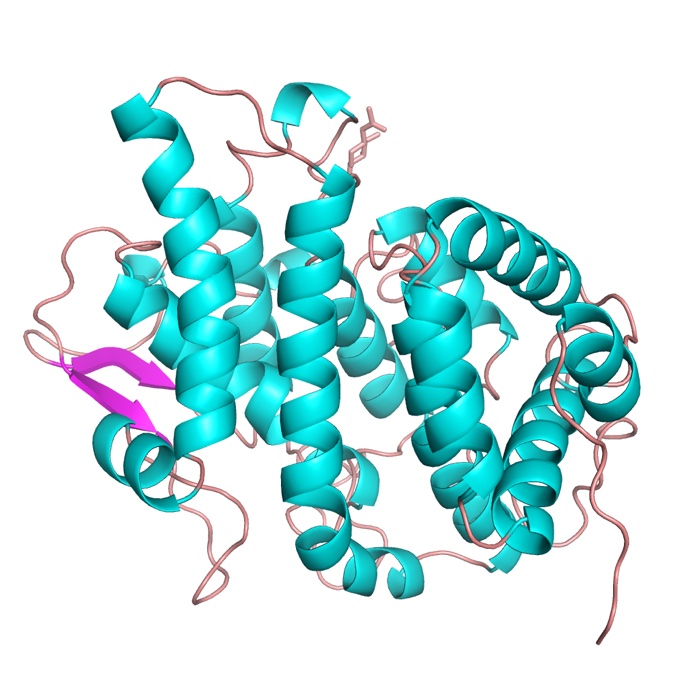The platypus is a truly bizarre beast. So bizarre, in fact, that when British scientists first encountered the "extraordinary" Australian animal, they seriously wondered whether it was an elaborate hoax of different animal bits stuck together.
We don't blame them, really. It's got a duck bill, a beaver tail, webbed feet, even venom. But the most unlikely thing of all about this winning combo of a creature is an even stranger mystery the platypus kept secret for another 200 years: its milk.
Researchers previously discovered that platypus milk confers antimicrobial protection to the species' young, and now a new study led by scientists at Australia's CSIRO has figured out what it is about platypus milk that's so effective against bacteria.

"Platypus are such weird animals that it would make sense for them to have weird biochemistry," says one of the team, molecular biologist Janet Newman.
"By taking a closer look at their milk, we've characterised a new protein that has unique antibacterial properties with the potential to save lives."
Using protein crystallisation techniques pioneered at the CSIRO's Collaborative Crystallisation Centre, the researchers were able to replicate the protein in the lab, and decipher its molecular structure in 3D to see where its antimicrobial properties come from.
What they found was a unique, never-before-seen protein fold, comprising a unique ringlets structure – which the researchers nicknamed 'Shirley Temple', after the distinctive golden curls of the American child star.
 (CSIRO)
(CSIRO)
According to the team, this feature might have evolved in the animal's milk to help protect platypus young, who don't feed from teats (the platypus has none), but from milk expressed onto the mother's belly.
"That means the milk is expressed onto a milk pad where the pups lap it up and of course milk is designed to be nutritious, so anything that's in the environment could also use that milk," Newman explained to Radio NZ.
It's possible, the team thinks, the platypus evolved to produce its antimicrobial Shirley Temple curls, as a defence against bacteria attracted to this exposed milk, ensuring the pups got fed, not bugs in the environment.
That's just a hypothesis at the moment, but now that we know about the molecular structure of this natural antimicrobial structure, the team says we might be able to replicate the protein for antibiotic medications – providing us with a new means of fighting the growing scourge of antibiotic resistance.
It's not the first time this unusual animal has come to our aid. In 2016, researchers discovered a hormone contained in platypus venom could actually help us develop new kinds of diabetes treatments.
Not bad for a wacky hybrid of stitched-together animal parts that's probably just a joke somebody's playing on us. Not bad at all.
"There's a quote from [Louis] Pasteur which is 'Chance favours the prepared mind'," Newman told Radio NZ.
"You can find discoveries in all sorts of places."
The findings are reported in Structural Biology Communications.
